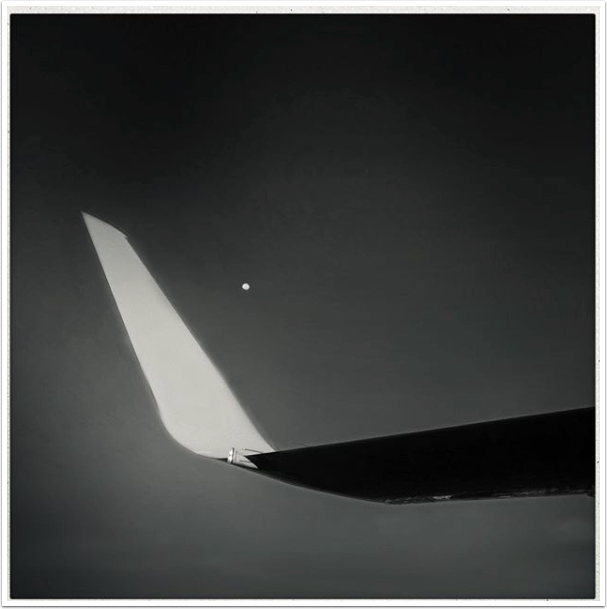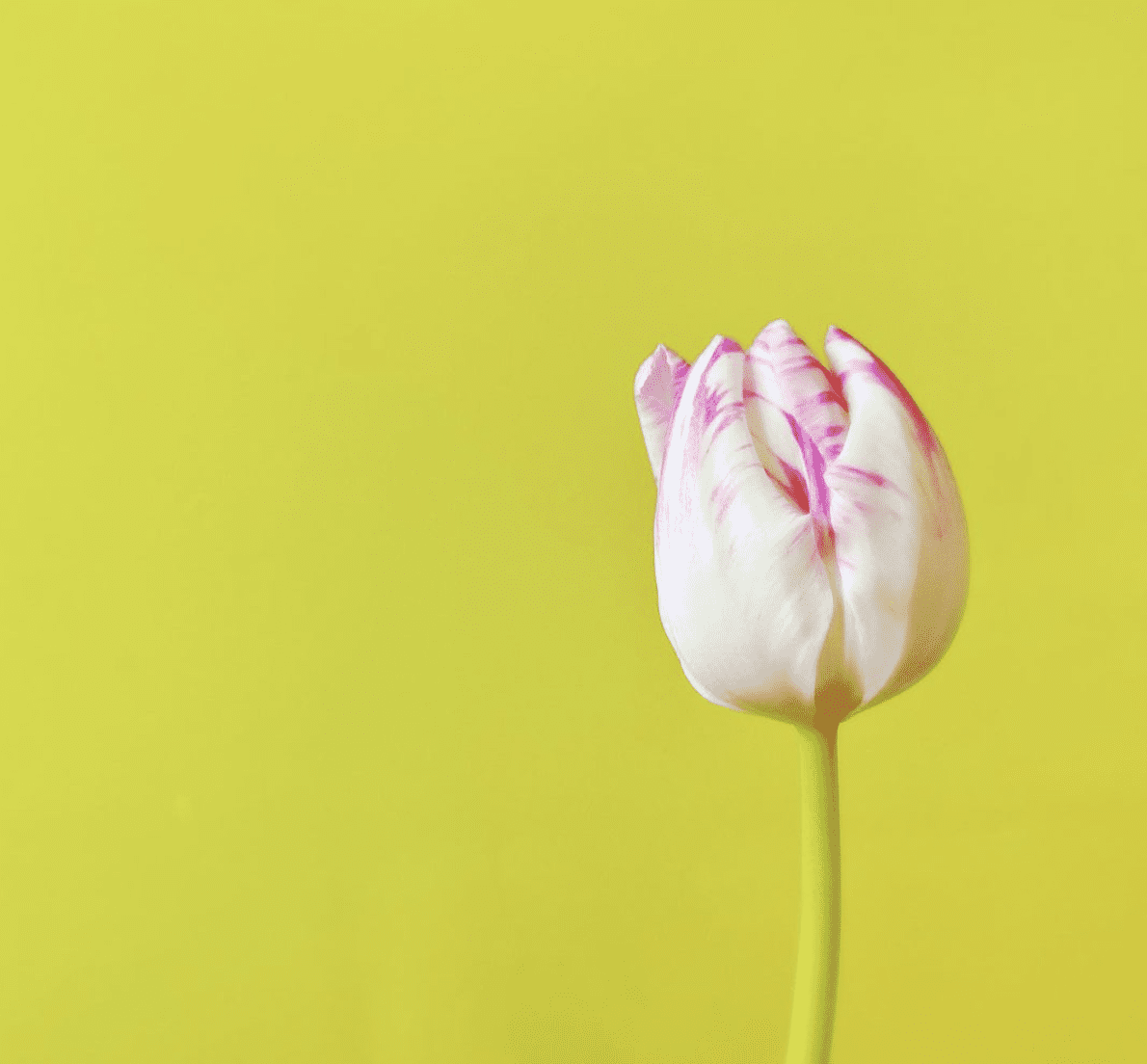10 Tips on Writing Impeccable Art Essays
An essay about art is not the easiest piece of writing. It requires analysis, understanding of the context, and visual description skills. It can rarely be done without attention to the historical art period or an artist’s life. So it takes a lot of time to do research and acquire the necessary background knowledge.
At the same time, it is a traditional form of college writing that relies heavily on form and structure. If you want to create a perfect art essay that would make https://essaypro.com/ proud, follow these amazing tips.

All Tips on Writing Art Essay
-
Choose the topic wisely.
If there is such an option, choose the subject that is both interesting and not widely discussed. Art essay can feature an interpretation of at least one work of art. In many cases, it features analysis and comparison of two or three pieces. Select the topic that you find compelling, choose the artworks based on the focus of the writing. Do not select the paintings or sculptures that have been heavily interpreted for ages, like Mona Lisa, as it might sound unoriginal and redundant.
-
Do the full research.
Many students do not realize that research takes about 60% of the time spent on the whole assignment. Read books, articles, and reliable internet sources about the author, the period, and relevant art movements. It all will come in handy. Also, read critique works on the art you are analyzing. It will help you form a thesis statement and also might be a good source of supporting arguments.
-
Use correct vocabulary.
Rely mostly on the vocabulary used in your lectures and classes. It will make you sound more professional. Use descriptive words that are appropriate for critiquing art. Your writing should be clear, straightforward, and precise.
-
Pay attention to visual descriptions.
On the one hand, visual descriptions should be precise so that even a person who hasn’t seen the art can imagine it. The reader needs to have a good idea of what you are talking about.
On the other hand, it should not be too much. If the main part of the essay is a description, it is not analysis anymore, it is rather a report. All the descriptions should be tied to the argument you are talking about. So if you describe the particular use of colors by an artist, you should show how it is relevant to your argument.
-
Interpretation is not a fact.
The argument is based on your interpretation of an art piece. But it is important to remember that interpretation is a claim, not a fact. So it doesn’t have to be correct as it is impossible. People might disagree on interpretations and it is quite normal. The point of an essay is to support your claim with evidence from the piece. The idea is not exactly what you claim, but how you can prove it. It is a lot like critical reading.
-
Follow the structure.
Use the introduction, main body (with three paragraphs), and the conclusion to introduce and address every point of your argument. The introduction should feature naming the artist(s), pointing some context behind it, and introducing the thesis statement (main idea of an essay). The main body is divided into three paragraphs; each of them explores one separate supporting argument to the thesis statement. The conclusion summarizes and restates the main idea, addresses supporting arguments, and concludes the paper with a strong sentence.

-
Mind the intro.
The introduction has to feature the full name of the artist, the name of the work, the subject, the historical period, the date of the painting, and the country. Generally, artists are referred by their last name in the papers, but on the first use, the name should be full. You can also use dates of birth and death for additional context when introducing the artist.
-
Follow the format.
Mostly, an art essay is written in MLA or Chicago formatting styles. Be sure to know exactly which one is required for your assignment. Follow the style strictly in terms of citations and overall editing.
-
Live out any obvious or mere observations.
There is no need to use filling sentences like ‘art is essential”, they add nothing of value to your paper. Be precise, know exactly what are you talking about.
-
Edit the paper.
Always leave enough time to re-read, revise, and edit the paper. Even the smallest details should be addressed. For example, titles of works should be italicized. You need to use the present tense for your analysis. All numbers lower than one hundred should be spelled out. All the numbers above that should be in figures. Two to three direct quotes are usually enough for a 2000-word essay.
In Summary
When writing about art, it is important to form a powerful statement and support it with the evidence from the piece itself. You also need to use professional language to talk about it. Take your time, do the research, edit, and revise.



